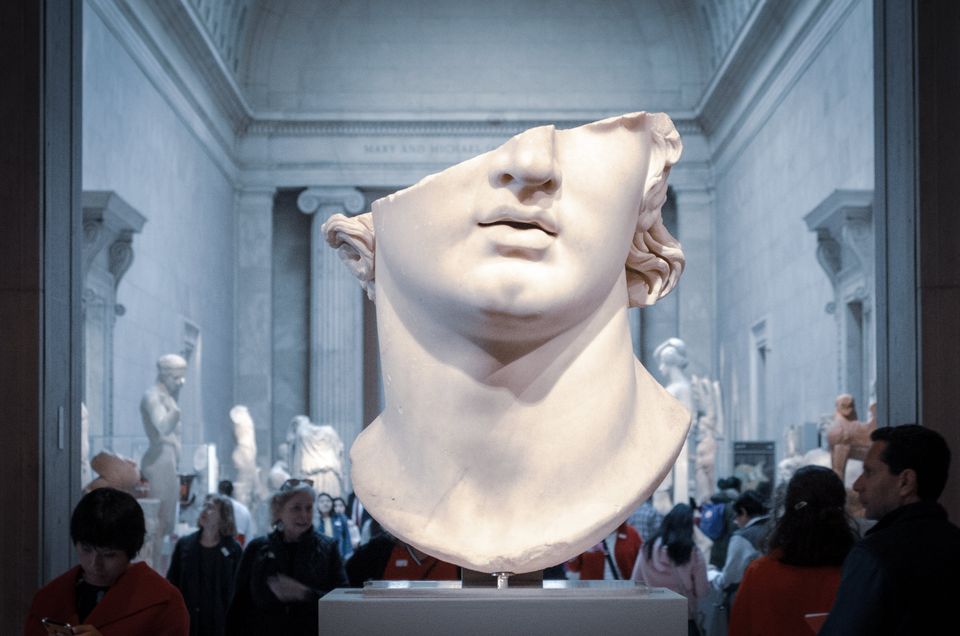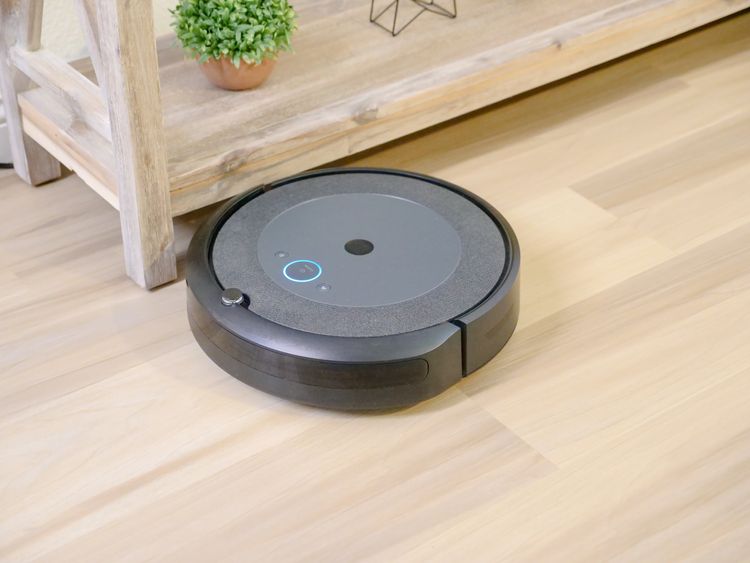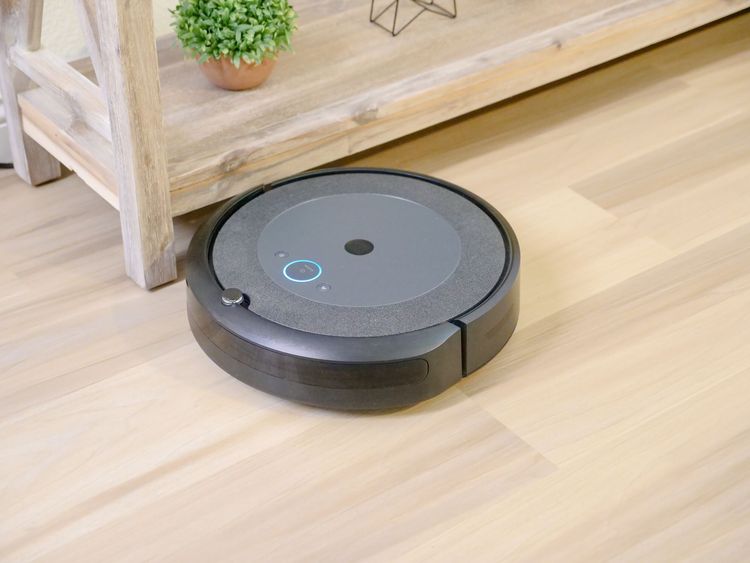PT Crab 🦀 Issue 162 - Best of Head

As we roll into the New Year and everyone recovers from their respective hangovers, I’m going to be pumping out some “Best Ofs” from the last three years of PT Crab coverage. I’ve summarized about 500 articles at this point, so there’s a lot of gold buried in them there hills, so we’re going to go back in time and dig it up. There will be a few “Best Of” pieces over the next few weeks and I’m willing to bet that you don’t remember most of this stuff.
Because we’ve already looked at feet recently, I’m going to start at the head and work my way down. So we’ll start up top with some pieces on concussion and more, then slip down into the spine and shoulders and see where this road takes us over the next few weeks.
I’m currently building out content schedules for the next few months, so if you have a topic you like, do send me an email and let me know. You can always reach me at Luke@PTCrab.org with ideas or interests.
Thanks! With that, heads up.
Do exercise before VOMS for better concussion rehab.
The Gist - The vestibular/ocular motor screening (VOMS) is key to many clinicians’ rehab processes and a positive VOMS assessment has been shown to be associated with longer recovery time after concussion. But VOMS in an office, at rest, is not necessarily as sensitive as you’d like it to be, especially in an athlete. These researchers wanted to see if doing VOMS after exercise would increase positive rates, possibly pointing out hidden concerns with athletes. To do this, they put their 36 adolescent (10-18 year old) athletes with concussion through a supervised exercise challenge that included 16 minutes of aerobic work followed by exercises requiring dynamic head movements and rotation. For this they chose lateral medicine ball tosses followed medicine ball overhead chops. They tracked their heart rates throughout and monitored symptoms to ensure that none increased by more than 3 points on a 0-10 scale.
Overall, VOMS items were significantly provoked post-exercise on all items assessed. The pre-exercise VOMS had a positive on at least one item for 21 participants while the post-exercise had a positive for 28 of the 36, a 22% increase. The paper sums things up well,
Taken together, the results of this study suggest that including an SEC as part of the clinical evaluation following concussion allows for a greater identification of vestibular and ocular motor-related symptoms using the VOMS, as hypothesized…. An aerobic and dynamic SEC performed prior to a VOMS assessment may increase the detection of postconcussion vestibular and ocular motor-related symptoms that may be missed if the VOMS was performed only at rest. The inclusion of an SEC in conjunction with the VOMS during the evaluation of adolescents with sport-related concussion is recommended to maximize the identification of vestibular and ocular motor-related symptoms for which targeted rehabilitation may improve recovery from concussion.
Tell Me More - No that’s it. Paper for more.
Fine, paper. Gotcha.
A Headache Umbrella

The Gist - This umbrella review looked into the effects of exercise and manual therapy on primary headache. A group of many Spanish folks published it in Physical Therapy last winter. They looked into 31 systematic reviews, 7 about exercise and 23 about manual therapy (idk where that extra one went either) to find that exercise might be effective and so might manual therapy, but there are complications.
For exercise, most of the work assessed aerobic training in people with migraine to demonstrate that it “can reduce pain intensity, headache duration, and frequency of headache episodes… with limited to moderate-quality evidence.” Tension-type headaches responded well to craniocervical and upper limb strength training too. Because the evidence was moderate even with heterogeneous programs, “the type of exercise does not seem to be the most important parameter in the management of primary headaches as it does with other chronic pain conditions.”
Briefly, for manual therapy (MT), “results show much heterogeneity among results and that MT efficacy is not clear.” Some showed effects, but they didn’t persist at followup. Additionally, “One of the more studied modalities is spinal manipulation, but the results are not clear in connection with migraine or TTH, nor does it appear to be superior to other forms of MT.” There was some evidence that manual therapy improves pain intensity in people with tension type headaches, more on that (and more) below.
Tell Me More - If people have tension-type headaches only, manual therapy “appears to be able to improve pain intensity… so health professionals who opt for MT in primary headache management should include soft-tissue techniques, specifically trigger- point therapies, or a combination of joint-based and soft tissue-based techniques.” We all know that research around manual therapy is complicated and shouldn’t be used on its own and the article does a good job of commenting on this as well.
To zip back to exercise, briefly, the speculated method of action is discussed in the paper as well.
It is necessary to consider that exercise-induced hypoalgesia results from the combination of cognitive, emotional, and biological mechanisms. Exercise exposes the patient to a mechanical and psychological threat and allows the body and the nervous system to adapt. Exercise in individuals with chronic pain, if perceived as uncontrollable and painful, may trigger nociceptive facilitation and act as a nocebo; but if the individual chooses the exercise and feels good when doing it, this decreases perceived stress and pain. Better self-control of the event, such as beliefs about low fear-avoidance and low pain self-efficacy, is associated with better outcomes after an exercise intervention. These variables could result in greater adherence or a stronger involvement in exercise interventions, which could potentially result in better clinical outcomes
Paper? Gotcha. It’s open access too.
ROM Norms for Head and Neck
The Gist - Wouldn’t ya know it? We don’t have a collection of norms for head and neck range of motion, well, until now. These authors went through 55 articles using 16 different measurement devices and found normal ranges for a couple of them. Due to heterogeneity, poor research methodology, and low sample sizes, they were only able to get normative data using the CROM device. Not bad, but not great. Still, we have it now. What is it? Well, you’re gonna have to read the paper, since they break things down by age into 17 different categories across 5 measurements. They get norms and standard deviations for Flexion, Extension, L and R Rotation, and L and R Lateral Flexion.
Tell Me More - Though this is a super long paper at 34 pages, the actual information only takes up one full page and it’s not really something that we can summarize, since it’s a giant data table. Just pop open the paper and print out that table, it’s valuable, trust me. The researchers went through this full trove of info because restricted cervical ROM is a criterion in the diagnosis of cervicogenic headache and spine injuries, but we can’t identify restricted if normal doesn’t exist. Now, we know normal, so that should help a lot. That’s all I can grab for you here. Get the paper for the deets.
Paper? Yea, totally. Open access here.
Concussive POTS
The Gist - POTS can complicate recovery from concussion, that’s postural orthostatic tachycardia syndrome, in case you were wondering. It can present subtly post-concussion and be mistaken for anxiety, conversion disorder, or lack of motivation for recovery, according to the paper. So let’s talk through the features of POTS that can arise post-concussion and see what we can do about them.
First off, POTS is characterized by variable, complex symptoms upon standing. 1-3 million Americans have POTS and it’s more common in women, at a 4.5:1 ratio. Symptoms include “dizziness, headache, nausea, visceral pain, heaviness of the extremities, reduced mental clarity, and generalized fatigue.” It’s not often associated with concussion in our minds, but 11% of patients in one large database had a concussive event shortly before experiencing POTS symptoms and we’ve barely begun to look into this link.
First, let’s talk review of systems: look into HR, RR, BP, and edema. Note any colored skin. Inquire about neuropathy, inquire about LOC events or cognitive changes. That’s quite basic, yes. And if you see these signs, also look into orthostatic testing which requires 10 minutes of supine rest, then measures of HR and BP immediately before standing and after 3, 5, 7, and 10 minutes of standing while monitoring for dizziness, nausea, headache, and the like. If this doesn’t go well for the patient, the paper says that it’s time to refer to further autonomic testing. POTS is associated with poor concussion recovery, so it may be worth checking prognostically, just saying. That’s already a lot, this paper is dense, let’s move on.
Tell Me More - Exercise training with POTS can be tough, but fortunately there’s an app for that. I mean, there probably is but at least there’s a protocol lead out in this paper designed by the Children’s Hospital of Philadelphia. I’m not gonna do details now but do check out the CHOP POTS Exercise Program.
The reason why it’s necessary is that POTS can cause exercise intolerance. I’m sure you can imagine how, since it’s a problem with heart rate adaptation (amongst other things). Since exercise training is very important for concussion recovery, you’ve got yourself a catch-22 there. Also, if you haven’t read Catch-22 (or seen the Hulu series) it’s well worth your time. But anyway.
One really big thing to keep your eye on is POTS as a clue toward bigger problems.
In some individuals, including those with postconcussive onset of POTS symptoms, POTS may be the consequence of an autoimmune mediated autonomic neuropathy, which may require treatment targeted to the autoimmune condition in addition to exercise and other standard POTS treatments. A study of 100 consecutive patients with POTS found that 31% of patients had 1 or more antibody markers and 20% had comorbid autoimmune disorders such as Hashimoto’s thyroiditis, rheumatoid arthritis, or systemic lupus erythematosus.
It can also be associated with chronic fatigue, which we’ve discussed before. Details on that here.
Overall, watch out for dysautonomia after a concussion, okay? And then check out this paper for details.
Paper? Gots it.
Hope you enjoyed that reprise! I’m working on better organizing old articles for you as well, so hopefully reading topic by topic will be easier in future. You can always use our search tool, it’s quite effective. For now, have a great week!
Bye.






Comments
Want to leave a comment and discuss this with your fellow PTs? Join PT Crab and get summarized PT research in your inbox, every week.